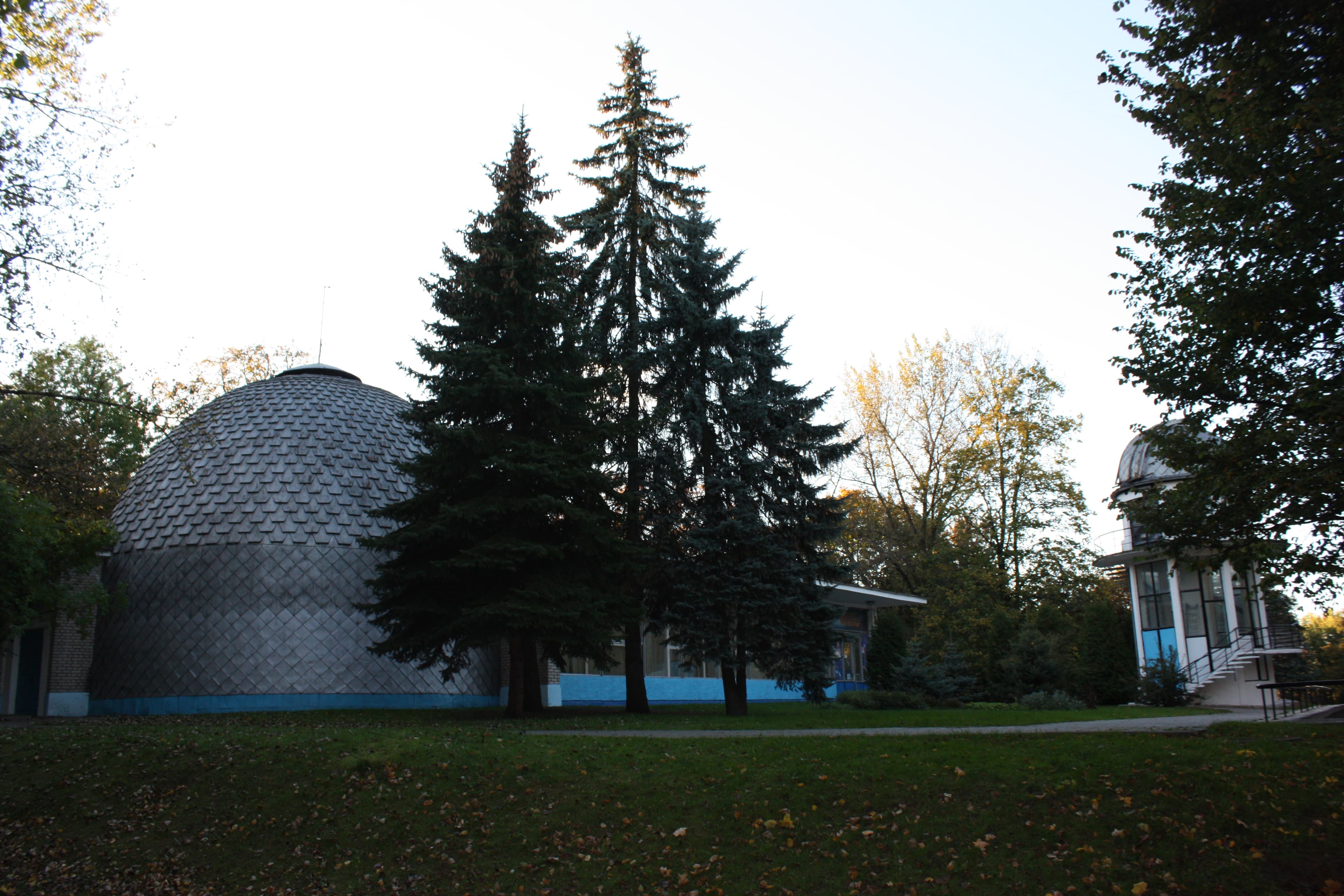Minsk. Gorky Park.
Landmark
Belarus, Minsk region, Minsk, Frunze str. 2
Description
Maxim Gorky Central Children's Park is a 28—hectare green "chest" of Minsk right near Victory Square. Founded in 1805 as the Governor's Garden, it has undergone several renames and reconstructions, but it remains a favorite vacation spot for the townspeople. Today, there are attractions for all ages, a 54-meter-high observation wheel, a summer bandstand, a planetarium and an ice palace, and it is pleasant to walk along the picturesque alleys under the crowns of century-old lime trees all year round.
Categories
Outdoor activity
With children
Park area
Comments
Reviews to the Place
1Murphy Darkwalker
29.06.2025
Gorky Park.
Maxim Gorky Central Children's Park is one of the oldest and largest urban parks in Belarus. It is located on the banks of the Svisloch River between Independence Avenue and Yanka Kupala, Frunze and Pervomaiskaya streets. The first alleys and flower beds appeared here in 1805, when the governor of Minsk, Zinovy Korneev, laid out a "City garden" with an area of about 18 hectares. At that time, apple trees and ornamental trees were planted in the glades of the park, canals were dug and the Latin inscription "Post laborem requies" ("After work — rest") was installed, calling for serene leisure.
At the end of the 19th century, the park became a real center of sports innovations: the first bike track in Minsk, a bowling alley, croquet lawns and lawn tennis courts were opened here. Minsk residents rented bicycles, attended children's gymnastics classes and holidays, and only non—alcoholic drinks were sold, from kefir to coffee. It was in the Governor's Garden in 1891 that the balloon flight and Dravnitsky parachute were first demonstrated.
After the October Revolution, the park was renamed Profintern, and since 1936 it has been named after Maxim Gorky. In the post-war years, when the destroyed neighborhoods near Svisloch gave way to a green zone, the park expanded: on the site of the house where Yanka Kupala lived, today there is a brick administration building with a memorial plaque. Architect Ivan Rudenko, who restored the park in the late 1940s and early 1950s, carried out general planning, added children's and sports areas, pavilions and the Summer cinema.
In 1960, the park officially became a children's park. The architects of L. Usov, V. Varaksin and V. Gerashchenko created new attractions and a master plan: a pedestrian bridge was built over Svisloch, a pavilion near the stadium, a complex of children's slides and swings, a summer planetarium and an observatory appeared. In 1976, an indoor ice palace with stands for 1,300 spectators and halls for choreography and weightlifting was built on the site of the burnt-out summer cinema. In winter, hockey tournaments and mass skating were held here; in summer, city festivals, exhibitions and concerts.
The park is decorated with a monument to Maxim Gorky (1981) — the writer sits on a bench next to the children. The flora of the park includes over 60 species of trees and shrubs: century-old lime trees and maples, Canadian cedars and Weymouth pine seeds, European larches and weeping willows along the alleys. Poplars and alders grow on the banks of the Svisloch River, ducks and gray geese grow on artificial ponds; squirrels and rare birds can often be found here.
Today Gorky Park is a real treasure trove of entertainment: extreme carousels (Surprise, Kolobok, Seashells, Saturn), trampolines, the Fear Room and the Laughter Room, children's electric cars and boats on the water, a pleasure train and, of course, a 54-meter-high observation wheel, which offers a panoramic view of the city. Starry sky shows are held in the halls of the planetarium, and philharmonic concerts are played on the stage in the summer. The park shooting range attracts shooting enthusiasts, while the hockey and figure skating schools attract young athletes.
The paths are paved with tiles, there are stylish retro lanterns and benches along the alleys, and since October 2003 the entire territory has been declared a tobacco-free zone. City festivals, children's matinees and master classes are held here; schoolchildren study ecology, participate in quests and sports competitions. You can warm up with tea or taste ice cream in the cozy cafes of the park.
Gorky Central Children's Park is not just a place to relax, but a living museum of urban culture: it reflects more than two hundred years of Minsk's history, changing eras and architectural styles. Here, the past meets the present, and recreation turns into a fascinating journey through the centuries, from the first alleys of Korneev to modern attractions and the ice shrine of the capital.








-1751223047026.webp&w=3840&q=75)

-1751223108945.webp&w=3840&q=75)